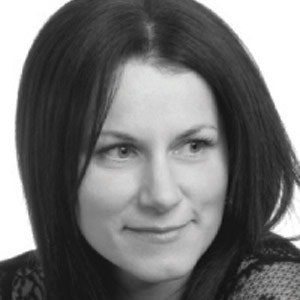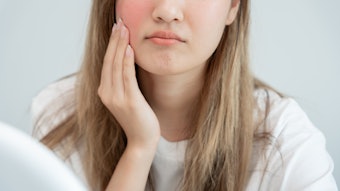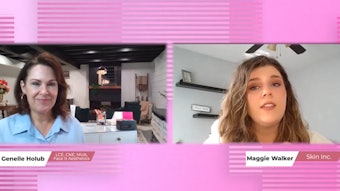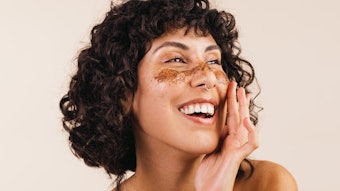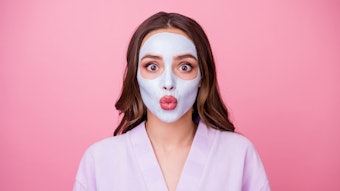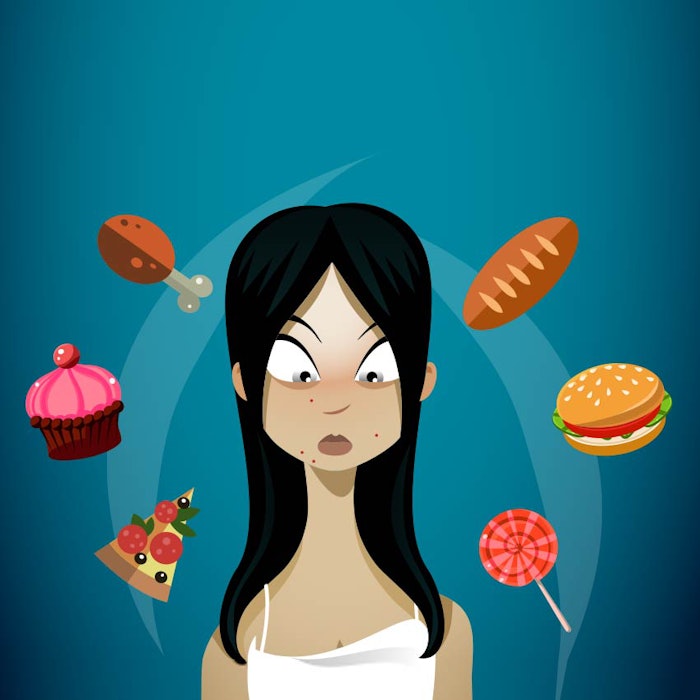
Acne vulgaris is a chronic inflammatory skin condition and one of the most common worldwide. It is an inflammatory disease of the sebaceous gland. Although many people associate acne with teenagers, it is a large problem for a significant number of adults—in fact, many suffer from hormone-related acne for years.
The prevalence of adult acne is also increasing. Adult acne affects a significant percentage of women until their late 40s, and “female acne” has recently become a distinguished entity due to pathological factors related to hormones and innate immunity.1 Adult women with acne often visit the esthetician to seek guidance to treat the condition beyond traditional health care options.
Female adult acne is most often described as mild to moderate, affecting the chin and mandibular region. Mild acne is defined as one to four lesions or blackheads (comedones) on one side of the face. Female adult acne is also deemed either “persistent” or “late-onset.”
While severe acne belongs in the hands of a dermatologist, mild forms of acne, spots and blemishes can be addressed by a combination approach that entails personalized skin care, monthly treatments with a specific extraction technique and dietary advice.
The aim of my work is to not only treat acne in the clinic, but also to give clients tools to manage skin conditions at home by looking at their diet, lifestyle and environment.
Social Consequences
When people first meet, it is often their faces that draw one another’s attention. The face represents an important element in communicating with others; it has a role in informing how to perceive the person behind it. However, facial acne can invoke negative evaluations of attractiveness, leading to feelings of rejection and shame.
Many women feel that acne destroys any attempt to look good, resulting in a lack in confidence, self-esteem or self-worth. This leads to the feeling that they do not deserve attention. However, women who are more informed about the condition cope better with these negative consequences.
Adult acne is also often associated with anxiety and depression. Some women have an emotional predisposition for “feeling bad,” and unpredictable fluctuations in acne are reflected in their daily mood. In relation, concerns over keeping the skin clean reflect the prevalent social myth that acne is caused by uncleanliness. These concerns drive behavior including excessive washing and picking at acne lesions to remove impurities from the skin, reduce the appearance of spots and/or speed up their disappearance.
Part of a role of the skin therapist is to help clients understand that emotional stress and high social sensitivity can create this vicious cycle, as both a cause and consequence of their acne-related distress.
Timed Treatment: During Ovulation
The specific timing of acne treatments can, at least in part, resolve acne lesions. In adult females with acne, the manual extraction of black heads (sebum plugs) should happen at ovulation, prior to reductions in pore size and compromised epidermal barrier functioning.2 Such treatment aims to counteract the onset of increased sebum production, and prevent the blockage of pores, bacterial colonization and inflammation.
A 45-minute acne treatment includes: cleansing, steaming, exfoliating, manual extraction, mask application and moisturization; specific considerations for which follow.
Cleansing. Mild cleansing is conducted using a gel cleanser containing a mixture of glucosides, hydrating agents (glycerin) and rice bran oil, all of which benefit acne-prone skin. If the skin is resilient with good barrier function and excess oiliness, double-cleansing may be necessary prior to manual extraction.
Mask application. After exfoliation and extraction, a mask is applied for 15–20 minutes. The main active ingredients for alleviating acne are azelaic acid, salicylic acid, charcoal, aloe vera and tamanu oil, such as are found in white clay-based masks. The mask is then washed away using lukewarm water.
Moisturization. Following the mask, a rich moisturizer based on oatmeal, glycerin and light plant oils such as jojoba and almond soothe the skin barrier. Also, as sebum oxidation has been implied in acne, it is important to look for a moisturizer with SPF, antioxidants, and anti-inflammatory and mild keratolytic actives.
If performed successfully, these steps will reduce inflamed acne lesions within three months.
Low Glycemic Index Foods
Based on recent evidence, diet also can ameliorate or exacerbate acne, to some degree. In relation, I have my clients bring their food diaries to each appointment for review. Recommendations are given for a healthy diet including fruits and vegetables, and low glycemic index foods.
 Regarding the latter, the typical Western diet includes white bread; processed cereals, snacks, desserts and sweets; and instant foods like burgers and fried chicken—all of which have a high glycemic index. Complex interactions between dietary carbohydrates, insulin sensitivity and hormone mediators affect acne. This area requires further research.3
Regarding the latter, the typical Western diet includes white bread; processed cereals, snacks, desserts and sweets; and instant foods like burgers and fried chicken—all of which have a high glycemic index. Complex interactions between dietary carbohydrates, insulin sensitivity and hormone mediators affect acne. This area requires further research.3I stress the benefits of foods rich in antioxidants, those having anti-inflammatory effects, and probiotics. I also recommend supplements including these beneficial ingredients.
Using evidence-based dietary advice in the clinic as an adjunct to regular acne treatments has proven successful in reducing female adult acne in my clinic. However, clients must be motivated and disciplined at home to comply with the recommendations given.
Lifestyle
Lifestyle factors such as stress, a lack of sleep, smoking and the quality of home and work environments also play a role in acne. There is little advice that skin therapists can give to improve these environments; however, advising clients to quit smoking and adopt practices such as getting a good night’s sleep will certainly benefit the condition of the acne.
At-home Skin Care
In Germany, collaborative links generally exist between dermatologists and beauty therapists, and I am working to replicate this model in the UK.
Dermatologists are starting to recognize the importance of seeing a skin care therapist. The role of the beauty therapist is to guide clients through the spectrum of skin care products on the market, and to work with professional networks to deliver the best possible care for clients. Specifically with acne, the skin care routine recommended by the skin professional should include cleansing, sebum removal and non-comedogenic, light moisturization to enhance the skin barrier.
REFERENCES
